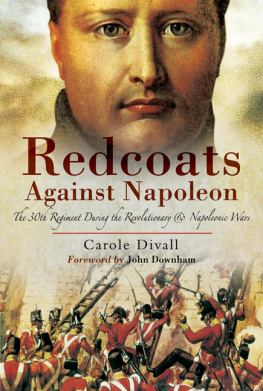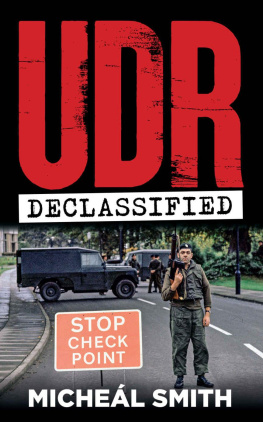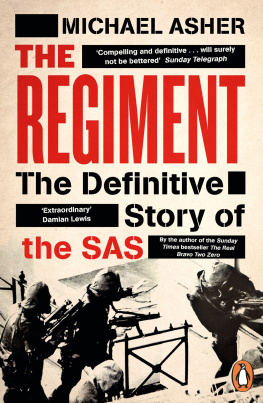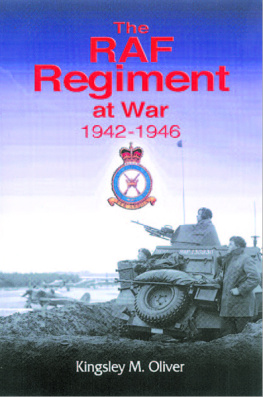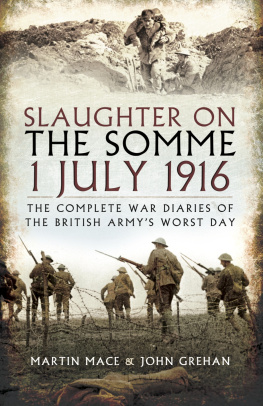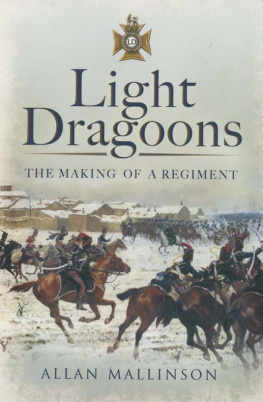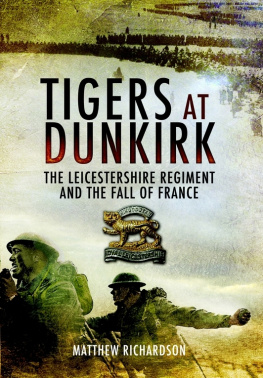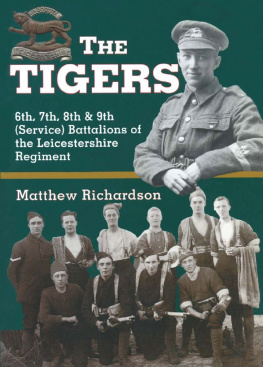CAP BADGE
CAP BADGE
THE STORY OF
FOUR BATTALIONS OF
THE BEDFORDSHIRE AND
HERTFORDSHIRE
REGIMENT (TA)
19391947
by
Major R H Medley, DL.
First published in Great Britain in 1995 by
LEO COOPER
190 Shaftesbury Avenue, London, WC2H 8JL
an imprint of
Pen & Sword Books Ltd,
47 Church Street,
Barnsley, South Yorkshire S70 2AS
RH Medley, 1995
A CIP record for this book is available from the British Library
ISBN 0 85052 434 2
Typeset by Phoenix Typesetting, Ilkley, West Yorkshire
Printed in England by
Redwood Books Ltd,
Trowbridge, Wilts.
Dedication
This volume is dedicated to all those who wore the cap badge of The 16th Foot, The Bedfordshire and Hertfordshire Regiment and The Hertfordshire Regiment, and served in the many theatres of operations around the world from 1939 to 1947. Besides those individuals mentioned in these pages there are many others no less worthy of a written record. Memories of those who gave their lives remain with us, and those who survive return to the battlefields of fifty years ago to pay respect to their fallen comrades. This dedication extends to the regimental family at home; parents, wives, and sweet-hearts whose steadfast support spurred on their loved ones far from home.
CONTENTS
by
Major General A.J. Ward-Booth, OBE, DL.
This book brings up to date previous regimental histories of the Second World War and fills in a number of serious omissions in previous accounts. It is a substantial and detailed work but is in no sense difficult reading. The author and his contributors are to be congratulated.
The great strength of the book are the personal accounts of actions fought and the plethora of maps which enable the reader to follow the course of the battles with relative ease. The author apologizes for some duplication of personal accounts. There is no need, I found they usually gave another slant and certainly the smell and fog of war through strongly.
Whilst the book concerns itself principally with the story of the 2nd Battalion of The Bedfords and the 1st Battalion of The Hertfords, other chapters make fascinating reading and made me wish for more. For example I would dearly liked to have known more about how a Beach Group operated.
Lt-Colonel Whittaker and Major McMillen are masters of understatement. I found the formers account of training in England prior to the North Africa highly amusing and can imagine the soldiers reaction to training for every eventuality! The latters account of glider pilot operations leaves the hazards totally to the imagination of the reader.
The book reveals many acts of personal bravery and, I suppose, Frank Snapes conduct comes across most vividly. He appeared to seek out trouble and his conduct under fire was amazing. There is also the quiet courage displayed by Frank Sutton, the assault Pioneer Platoon Commander of the 2nd Battalion, and many, many more. Private Scullys humour and descriptive powers are incredible. His story of the captive turned captor is worthy of a short TV film.
The book poses a number of questions such as who was the brigade commander at the battle of DJebel Aoud? Surely he must take the blame for having changed the plan at the eleventh hour. Also why was Lt-Colonel Whittakers distinguished leadership not recognized? Could it be that he fought his own corner too hard with his superiors?
This is a history that will appeal to everyone in or connected with the Regiment and, I feel sure, to many others beside. The author can take pride in his work.
A story such as this is only possible because of the great number of individuals who sent me their personal stories. Material has been forthcoming from individuals as far afield as Australia, from generals and private soldiers, from pre-war regulars and territorial volunteers, and wartime citizen-soldiers, officers and men. I am most grateful to all those who have sent me their reminiscences as it is the personal aspect which helps bring the text alive. My sincere thanks to one and all. The result is this story about four battalions during and immediately following the 19391945 War.
It is always dangerous to single out individuals by name but there are those whose records of events have helped round off some excellent material. I must thank Frank Snape, Frank Sutton and Bill Scully for their detailed accounts of life with the 2nd 16th Foot in Italy, Lt Colonel Jimmy Davenport and Lt Colonel Bill Whittaker for their view of actions in France in 1940, North Africa in 1943 and Italy in 1944, Brigadier Burke for his account of actions in Italy and Greece, Brigadier Bill Peters, John Evans and Sergeant Hart for their detail about the 1st Hertfords, Lt Colonel J Harper for the material about Number 9 Beach Group and the 2nd Hertfords, CSM Jack Leech for a mine of information about the Commandos, Tom LaFontaine for his war maps of North Africa, which, with the responses from Major Leslie Young and Jimmy Darville, helped me to present a more detailed account of the battle at DJebel Aoud, and Captain H.E.I. Phillips for his account of the experiences of the 5th Battalion in Malaya.
This story uses all the material made available to the editing team. Even with the material which has been forthcoming it is inevitable that there will still be ommissions.
I wish to express my thanks for the help given to me by members of the History Committee of the Regimental Association, all of whom spent many hours delving into records and collecting material. To Lt Colonel Whittaker, an old and respected friend, for his enduring interest and pertinent comments. To Jack Douglas for his study of Regimental and Brigade orders and records, and Frank Snape (Deceased) for collecting material on the Italian campaign. To Mr Eric Morris for guidance and advice on layout. Lastly but by no means least to Brigadier Angus Robertson for his great interest, assistance, and encouragement.
I am particularly grateful to Tom LaFontaine for allowing me to use his prints.
My sincere thanks also to Leo Cooper for his help and to his staff, especially Tom Hartman for his courtesy and patience.
This is a story of a British line regiment, a regiment proud of its history, and of the men who fought with its colours during the Second World War.
The Regiment finally ceased to exist in October 1992 after three hundred and four years service to the Crown. It is fitting that this story be told.
The cap badge worn on the headgear of the soldier identifies him as belonging to a particular organization or a member of a Regimental group. The cap badge of The Bedfordshire and Hertfordshire Regiment has as its background The Order of the Bath and The Star of the Garter, with the inscription Honi soit qui mal y pense around the figure of a Hart. The title Bedfordshire and Hertfordshire is on a scroll below. The Hertfordshire Regiment (Territorial Army), whilst becoming a part of the Regiment in 1919, retained its own cap badge: a Hart couchant with the title The Hertfordshire Regiment surrounding it and with the Crown above. The cap badge is emblazoned on the Regimental Colours. It is understandable because of the tribal nature of British Infantry Regiments why the cap badge has such meaning to those who wear it.
This story tells of the experiences of the infantry soldier, professional, TA volunteer and citizen in uniform, serving in The Bedfordshire and Hertfordshire Regiment and The Hertfordshire Regiment (Territorial Army). It tells of Bedfords who served away from their battalions with Special Forces. All individuals wore their cap badge with pride. The story covers all the theatres of operation ranging from the actions in France in 1940, in North Africa and Italy, Sicily, Singapore, Burma and Normandy to the Internal Security tasks in Greece and Palestine. It shows how the infantry soldier, living as he does cheek by jowl with the man next to him, and sharing fear and danger, develops very strong bonds of friendship.
Next page

